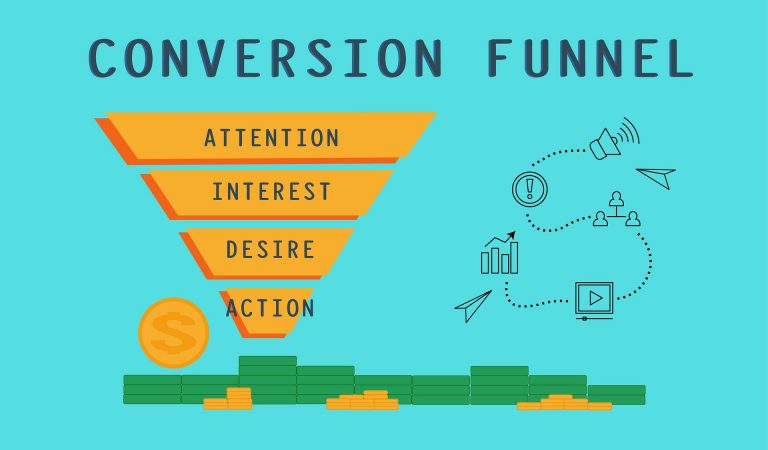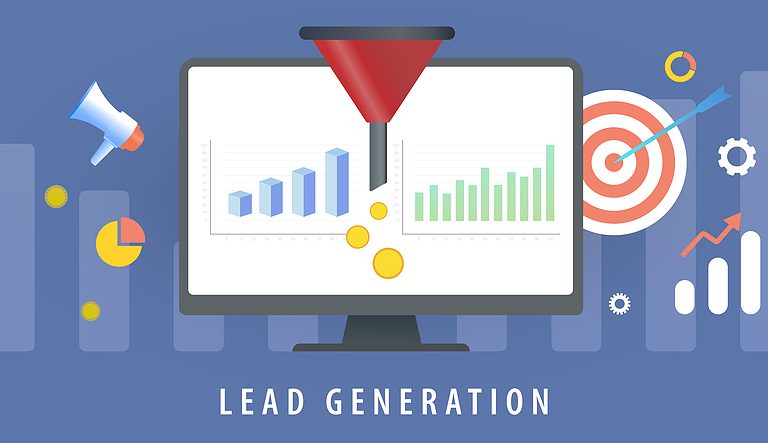You’ve probably come across the term CRO in the digital marketing world. This is especially common if you run an E-Commerce enterprise, you should consider CRO as a crucial facet of your marketing strategy.
Read on to learn what CRO is, how it works and why it is vital to online businesses.
What is CRO?

Typically, there are two categories or types of conversions that take place on a website, these are:
Macro-Conversions
Considered as primary or top goals for websites these can include any of the following:
- Paid subscription sign-ups
- The purchase of a product
- Requesting a quote for a service
- Contact form completions
Micro-Conversions
These types of conversions, although considered less impactful they still have a part to play for websites, as they can still measure customer interactivity and interest. Good examples of micro-conversions include some of the following :
- Reaching an application form
- Downloading a PDF/leaflet for a product
- Adding a product to a shopping cart
- Watching a promotional video
What Is a ‘Conversion Rate’?

If you’ve ever wondered how to calculate conversion rates, you divide the number of conversions by the total number of site visits and multiply by 100. A higher conversion rate means that more of your visitors are taking action on your site and not just browsing. More conversions directly translate into more sales.
Conversion Rate Optimisation and SEO
CRO and SEO are closely related and as such, people often confuse the two. SEO (search engine optimisation) refers to the organic tactics used to draw in more traffic and potential customers to a website through search engines such as Google, Yahoo and Bing. CRO is responsible for turning those potential customers into real shoppers.
The reason CRO and SEO work hand in hand is that the characteristics of the traffic generated through SEO determine its conversion value. In other words, if your SEO strategy targets the wrong audience, the resulting leads or traffic will be harder to convert. SEO is higher up in the sales funnel, while CRO marketing sits lower in the decision-making stage.
CRO Benefits
While conversion optimisation does not directly impact the amount of organic traffic brought in to a website, it can still an important part of the overall SEO strategy and experience for many businesses. According to one study, changing the colours, among other elements can actually increase conversions by as much as 24%.
Some key benefits of adopting conversation rate optimisation include of the following :
May Help Generate A Higher ROI: By testing and optimising pages you enhance the odds of converting more potential leads into customers at a higher percentage.
It Can Become A Secret Weapon: By testing colours and variations of pages you can quietly improve a landing page without competitors noticing what you have been doing. For this reason, conversion rate optimisation can become a powerful ally and your very own secret weapon, since you’re working with data related to your specific environment.
CRO Can Help Improve A Websites User Experience: If you are suffering from poor conversion rates, it may be down to the current appeal of your website. By testing colour and element variations, you may actually find a theme that causes users to further engage with your site.
Fewer Expenses: By adopting a CRO strategy, you may find that rather than adding new imagery and media, simply tweaking existing pages and elements will give you the desired output, thus help save you money purchasing new assets.
CRO Marketing Tactics
Optimising a site for improved conversions often involves multiple testing and combining multiple practices that touch on various parts of the site, including altering various key landing pages, updating current on-page content and product/service catalogues. Here are some conversion tactics that work:
Minimise bounce and exit rates
High bounce or exit rates mean that customers are not finding your site relevant or useful. If this is the case, analyse your site’s current layout, content and flow to understand why customers leave without buying. This can be done by logging into your Google Analytics account in order to pinpoint which exact landing pages are currently suffering from high bounce rates.
Generally speaking, high bounce rates might be due to frustrating navigation, unclear messages or functions, poor user experience or even unmet customer expectations.
Find ways to keep visitors on your site for as long as possible by continuously engaging and entertaining them.
Create strategic CTAs
Place strategic and compelling call-to-action messages throughout your website. Identify areas on your site where buying decisions are most likely to be made, and make sure you provide that final nudge to make a purchase.
Add CTAs in your blog posts, videos, product descriptions, emails, newsletters and landing page. However, do be careful not to over do-it and spam your site with too many CTAs as this can provide a negative user experience to potential buyers.
Optimise your landing pages
The landing page is the first interaction that potential customers have with your website, so make sure it gives a good and conversion-oriented first impression. Online shoppers have a limited attention span – ensure visitors can skim through the landing page at a glance to understand what it’s about and where it leads. Also, make it easy for visitors to follow and interact with the landing page.
Build a buyer journey
Take your site visitors through a journey that ultimately leads to a sale. The best way to do this is to create a story around the conversion process that helps delight and intrigue a user while on the conversion journey.
For instance, you could create a “fear of missing out” or “problem-solution parallel” to convince potential customers to take action.
Re-target and re-engage customers
CRO marketing does not end with a purchase. If a person visits your site and makes a purchase, there is a good chance they might do it again in the future. An ever-growing pool of past customers is a great source of high-value leads. Re-target these customers through off-site channels such as email marketing or social posts to rekindle their interest in your business.
Remember, retaining a customer is much cheaper and easier than acquiring one.
Your CRO marketing approach should depend on how you define conversions. But regardless of your business model or what it sells, you need to have ways of turning walk-in browsers into buyers. You can combine several CRO marketing techniques to provoke action from your website audience. But be sure they are all data-driven and bring measurable value to your overall marketing strategy.
Subscribe To Our Blog
If you want more tips for your website, join our valuable readers and get key industry insights to help boost your conversions.









